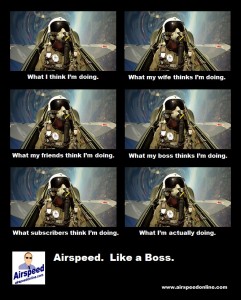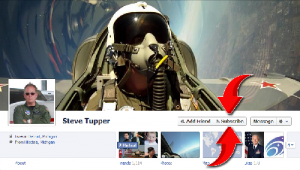I spent part of this afternoon at Marvin’s Magnificent Mechanical Museum in Farmington Hills. It’s tucked in behind a strip shopping center and you probably wouldn’t know it was there despite the big sign. Inside, in addition to the pinball machines and video games, is one of the largest collections of old-style automated arcade attractions I think I’ve ever seen outside of Cedar Point.
But the coolest thing is when I detected movement above my head. The ceiling is pretty busy with stuff attached to it. But, running around the place is a conveyor system with dozens of model aircraft attached to it. The conveyor system is static most of the time but there’s a box next to the door that says “Airplanes 50¢.” If you put a couple of quarters into the box, the conveyor system starts and the airplanes make circuits of the place.
Really cool. Worth a couple of quarters any day! I especially appreciate that several of the aerobatic aircraft are inverted.
I shot the above video on my iPhone and then stitched it together this afternoon. Enjoy!





